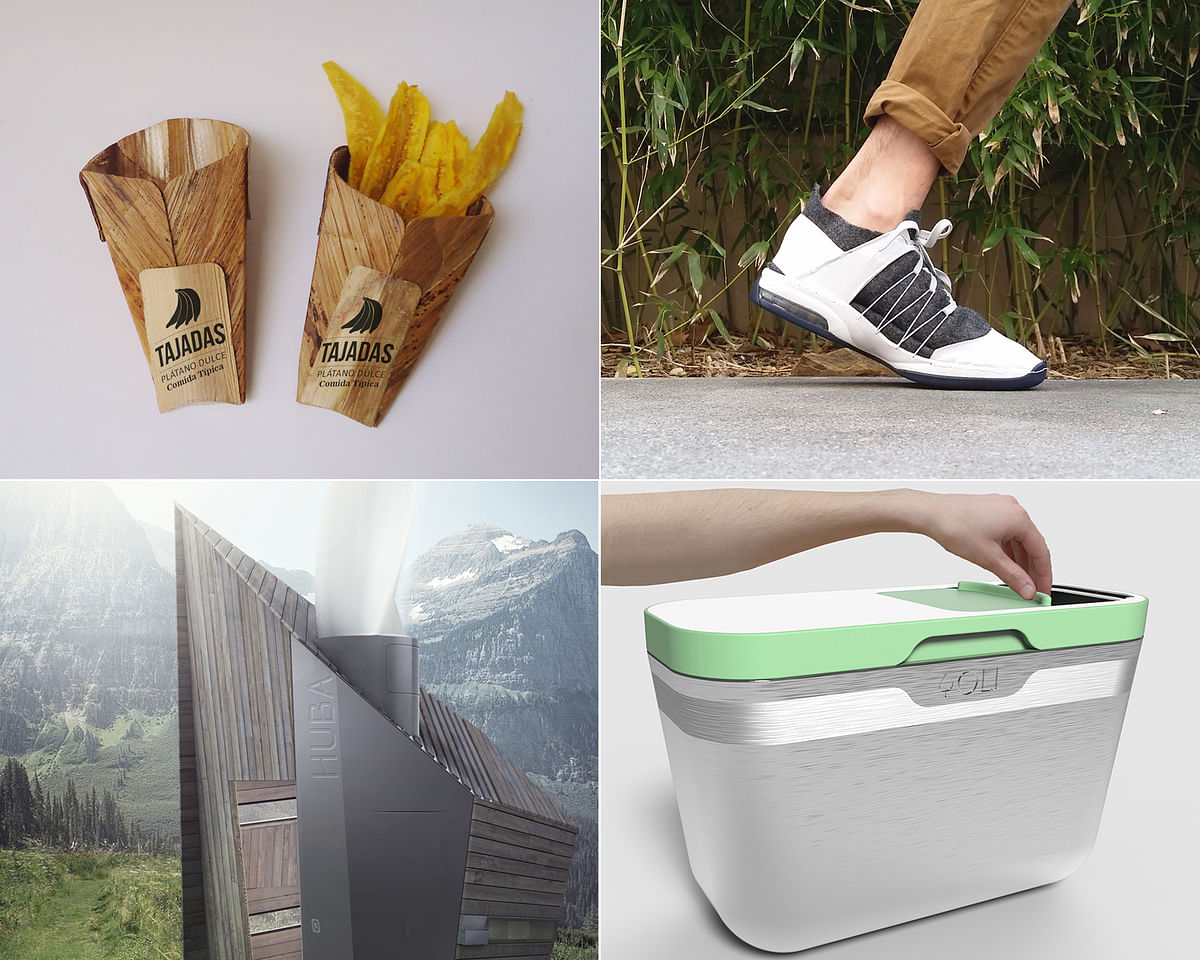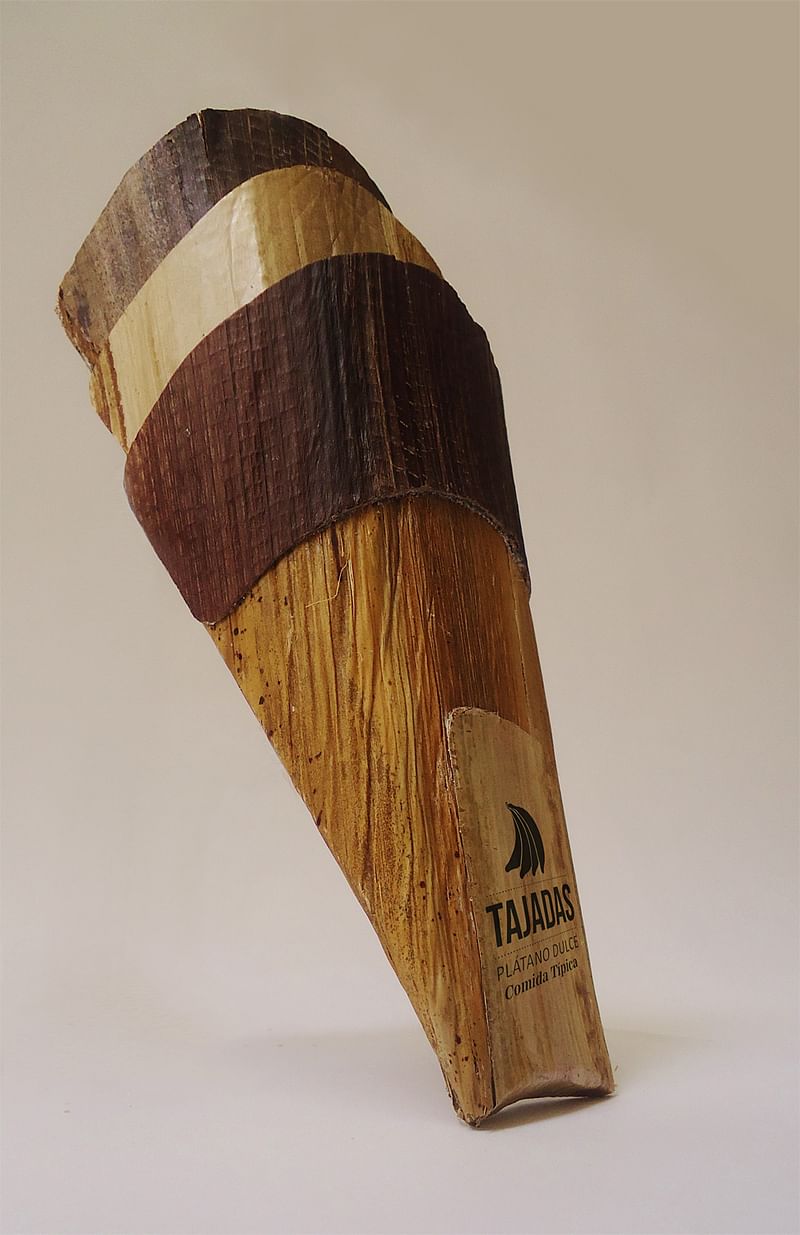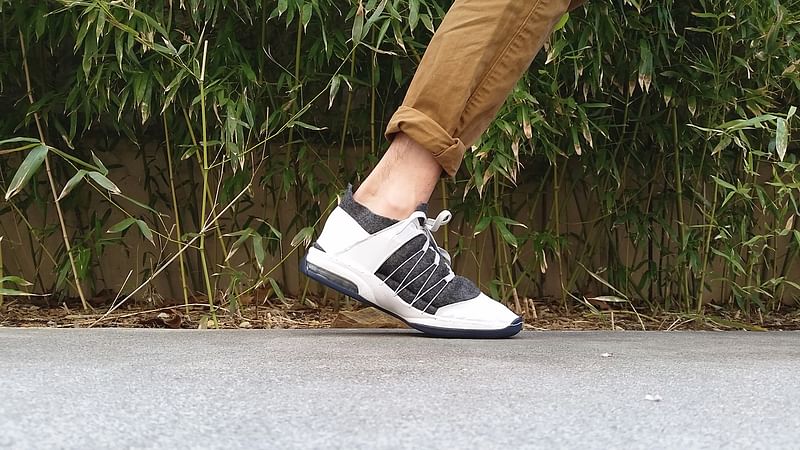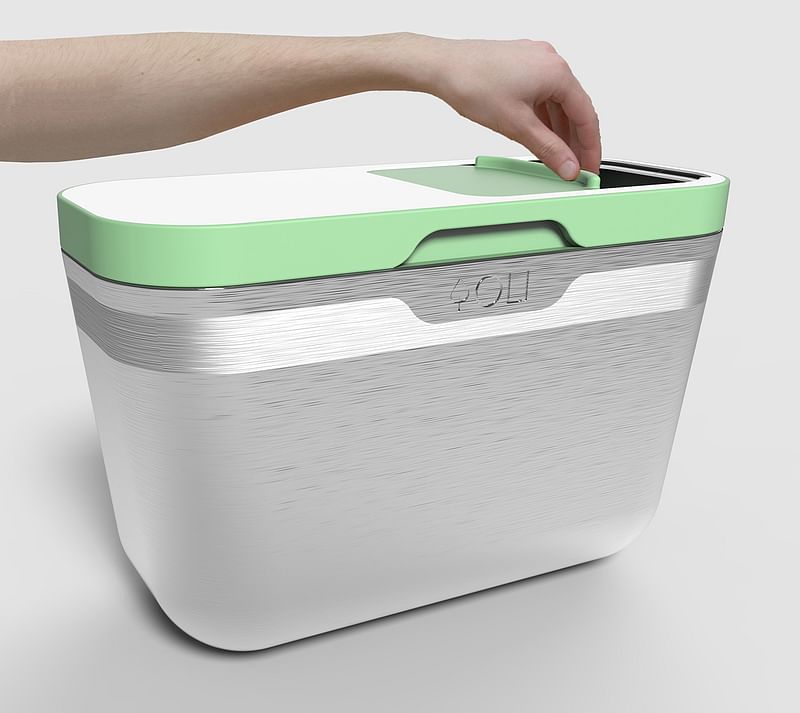Four sustainable designs win latest Cradle to Cradle Product Design Challenge
By Justine Testado|
Tuesday, Jun 28, 2016

Related
Cradle to Cradle already concluded the Spring 2016 edition of their Product Design Challenge. First launched last year in collaboration with Autodesk, the competition encourages young designers to continuously rethink and reinvent everyday design through sustainable, innovative practices.
This edition reeled in 79 entries from 138 design professionals and students based in 19 countries. In tandem with Cradle to Cradle's core principles of sustainability and working toward a circular economy, participants were required to design products made of materials that can safely return to nature or be reused for industrial purposes. After completing a free 2-hour, online course "Designing Cradle to Cradle Certified Products for the Circular Economy", entrants submitted their designs to four categories: Best Student Project, Best Professional Project, Best Use of Aluminum, and Best Use of Autodesk Fusion 360 Software.
The competition concluded with four category winners, who each created four very distinct innovative designs. Winners also each received a US$2,000 cash prize.
Check out the projects below.
Best Professional Project: Banana Stem Fiber Packaging by Brayan Stiven Pabón Gómez and Rafael Ricardo Moreno Boada


Project summary: “Colombian designers Brayan Stiven Pabón Gómez and Rafael Ricardo Moreno Boada developed Banana Stem Fiber Packaging to transform a geographically abundant material into sustainable food packaging. Bananas are farmed across several regions of Colombia, yet farmers currently perceive banana stem fiber (extracted as part of routine crop maintenance) as waste. Drawing upon traditional food preparation methods, Banana Stem Fiber Packaging offers a sustainable alternative to plastic and paper food packaging, along with the potential to generate sustainable economic development in farming communities.”
Best Student Project: MODS by Quang Pham


Project summary: “Quang Pham, a student at Virginia Tech, created MODS, a modular shoe, in response to the millions of pairs of shoes that end up in landfills each year, where they can take 30-40 years to decompose. MODS shoes can be customized and updated as the shoe deteriorates without using glue. Made with bamboo and wool textiles and recycled PET fiber, MODS consist of 5 modular units that use the minimal amount of material needed for maximum comfort and security while giving the user full control of the shoe’s aesthetic and functionality.”
Best Use of Aluminum: Huba by Malgorzata Blachnicka & Michal Holcer


Project summary: “Developed by designers Malgorzata Blachnicka & Michal Holcer, Huba is a self-sufficient, compact mountain shelter that is able to generate its own energy. Chosen for being well-designed and a functional use of sustainable materials, Huba also offers a potential solution for other housing applications, including helping homeless populations or the provision of emergency shelter. Huba’s design is based on traditional alpine architecture, with its small size and choice of materials aimed at minimizing its impact on the environment. Intended to be located above 1000m, the shelter is equipped with an effective vertical wind turbine. The energy produced by the generator is stored within a battery and is used to supply the building’s heating, lighting and water pump. Specially arranged roof tiles enable rainwater to easily be collected within the tank, which is then filtered and safe for drinking.”
Best Use of Fusion 360: OLI by Claire Davis


Project summary: “Created by Virginia Tech student Claire Davis, OLI is a convenient, elegant and intelligent solution for food waste. Exemplary for its adept use of Fusion 360’s direct modeling functionality (which enables the rapid development of manufacturable product), OLI highlights the value of minimizing biological waste (food), as well as the reduction of material waste through its considered approach to the product system and design for disassembly. With 474 pounds of food waste generated by every household per year on average, OLI offers a practical solution to increasing the percentage of our landfill waste that is composted and returned to cycle in the biosphere.”
Check out previous winners in the links right below.

RELATED NEWS Cradle to Cradle announces winners of second Product Design Challenge


Share
0 Comments
Comment as :